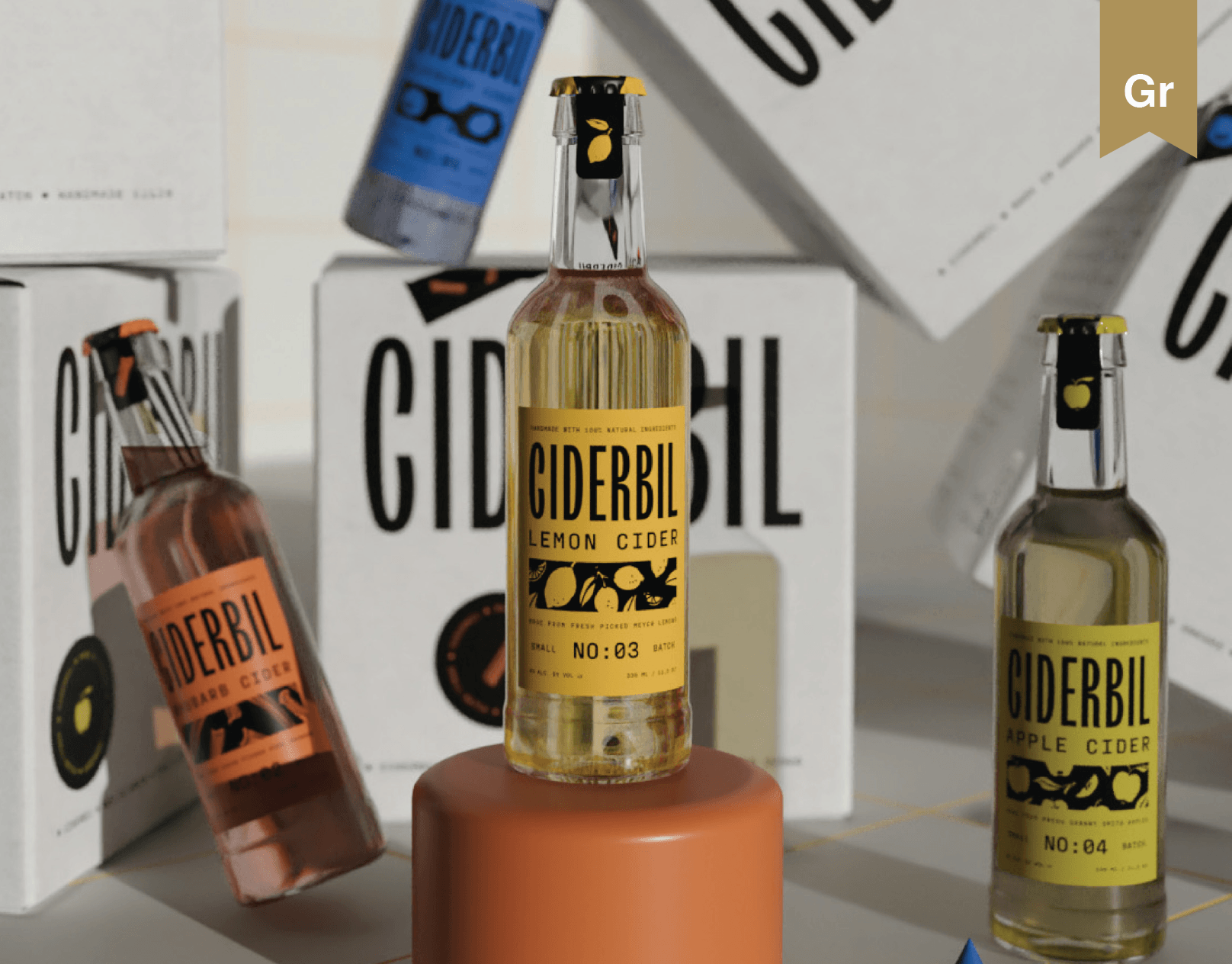
Communicating Design Experiments
This poster was presented for an individual reflection on the research and analysis conducted with a group of UNSW students for Advanced Landscape Visualisation.
A 3-minute animation as a complementary document picturing the design process and decision-making has been brought with the poster.
Objectives
This task aims to communicate the group research and personal reflections in a structured manner including all the layers of complexity of the design for the study area.
Site Context
Randwick junction to Coogee is located in the Eastern Suburbs of Sydney, New South
Wales, Australia. Randwick junction is situated on a higher platform of Randwick City Council compared to Coogee which is a natural depression of over 2 meters in depth.
The topography changes consist of flat plains that play a very important role in the hydrological system and runoff of Randwick suburb and the surrounding areas.
Randwick junction to Coogee is located in the Eastern Suburbs of Sydney, New South
Wales, Australia. Randwick junction is situated on a higher platform of Randwick City Council compared to Coogee which is a natural depression of over 2 meters in depth.
The topography changes consist of flat plains that play a very important role in the hydrological system and runoff of Randwick suburb and the surrounding areas.
Identifying the problem
Coogee, an old suburb developed on natural creek lines, has a long history of flooding.
There are substantial levels of rainfall throughout the year especially increased during March to June.
There are substantial levels of rainfall throughout the year especially increased during March to June.
Analysis of satellite imageries through GIS and layering the data explain the causes of flooding in Coogee:
- A large increase in paved areas and the lack of softscape,
- Development and encroachment into the flow paths and natural catchment areas by major roads and dense constructions.
- A large increase in paved areas and the lack of softscape,
- Development and encroachment into the flow paths and natural catchment areas by major roads and dense constructions.
Tackling the Issue
Based on surface runoff simulation on the existing landform through Grasshopper visual scripting, creating a canal-like structure as an offset from the ridge line was proposed to prevent flooding into the Coogee depression.
However, testing the primary design idea demonstrated that the structure alone was insufficient, and additional solutions were needed. To complement the design, a site-specific green link based on the land elevation, soil, and vegetation was suggested. The green link featuring endemic flora and local soil type (sandy loam) not only reduces the risk of flooding, but also restores the habitats and strengthens biodiversity. Moreover, the integrated green link mitigates the UHI effects increasing due to massive constructions in the area.


The image on the left shows the existing condition in Coogee suffering from lack of sufficient greenery. The image on the right shows the proposed green link on the ridge line.
Conclusion
In short, research into the landform, topography, vegetation distribution, and soil composition of Coogee identified the causes of flooding. To address this issue, two design ideas were proposed based on analysis, simulation, and testing. The primary approach involves constructing a canal-like structure along the ridge line and the complimentary design proposes an integrated green link using endemic flora and sandy loam soil.
Both proposals aim to decrease the risk of flooding, increase biodiversity, and mitigate the heat. By implementing this comprehensive solution, the ecosystem and the community stand to benefit in numerous ways.




